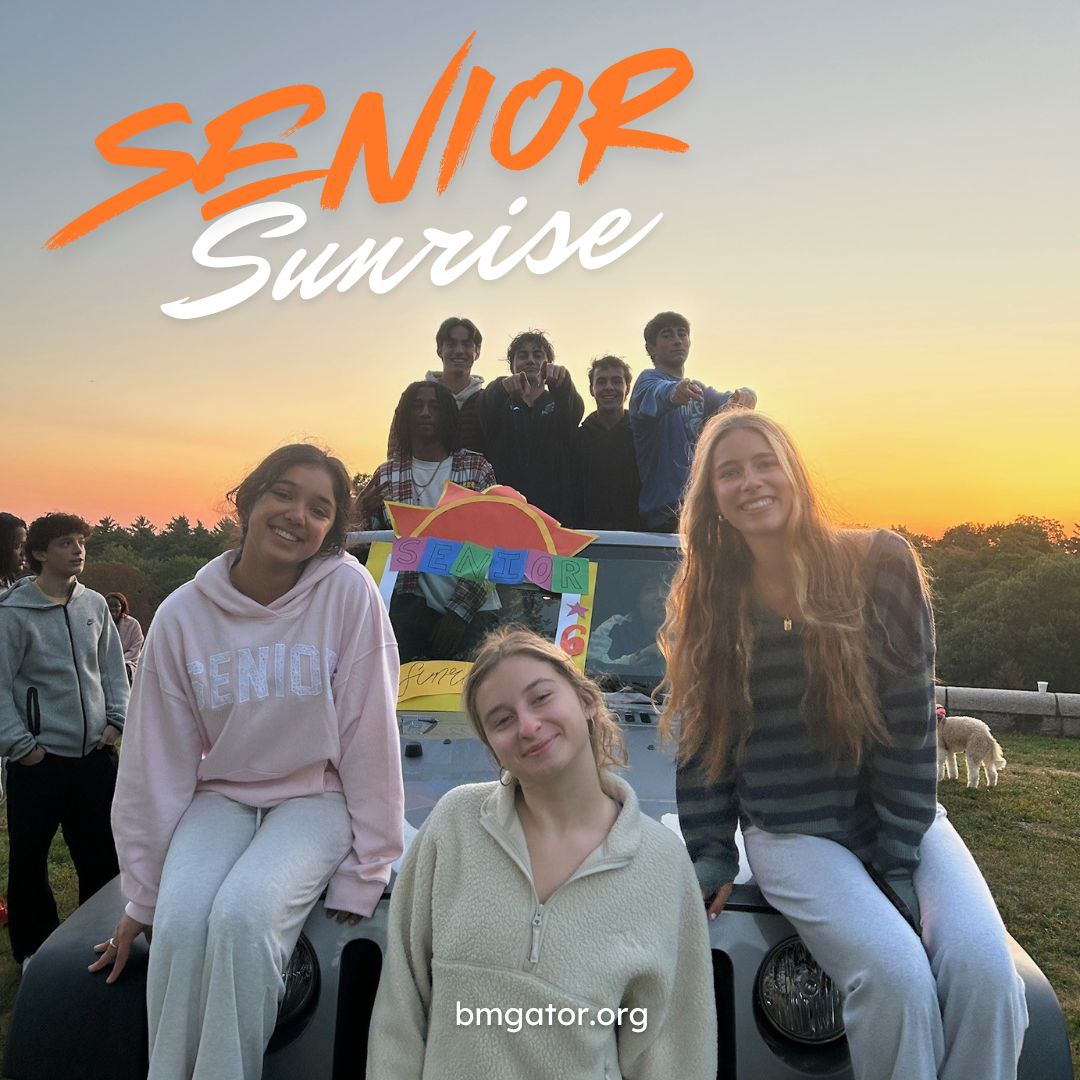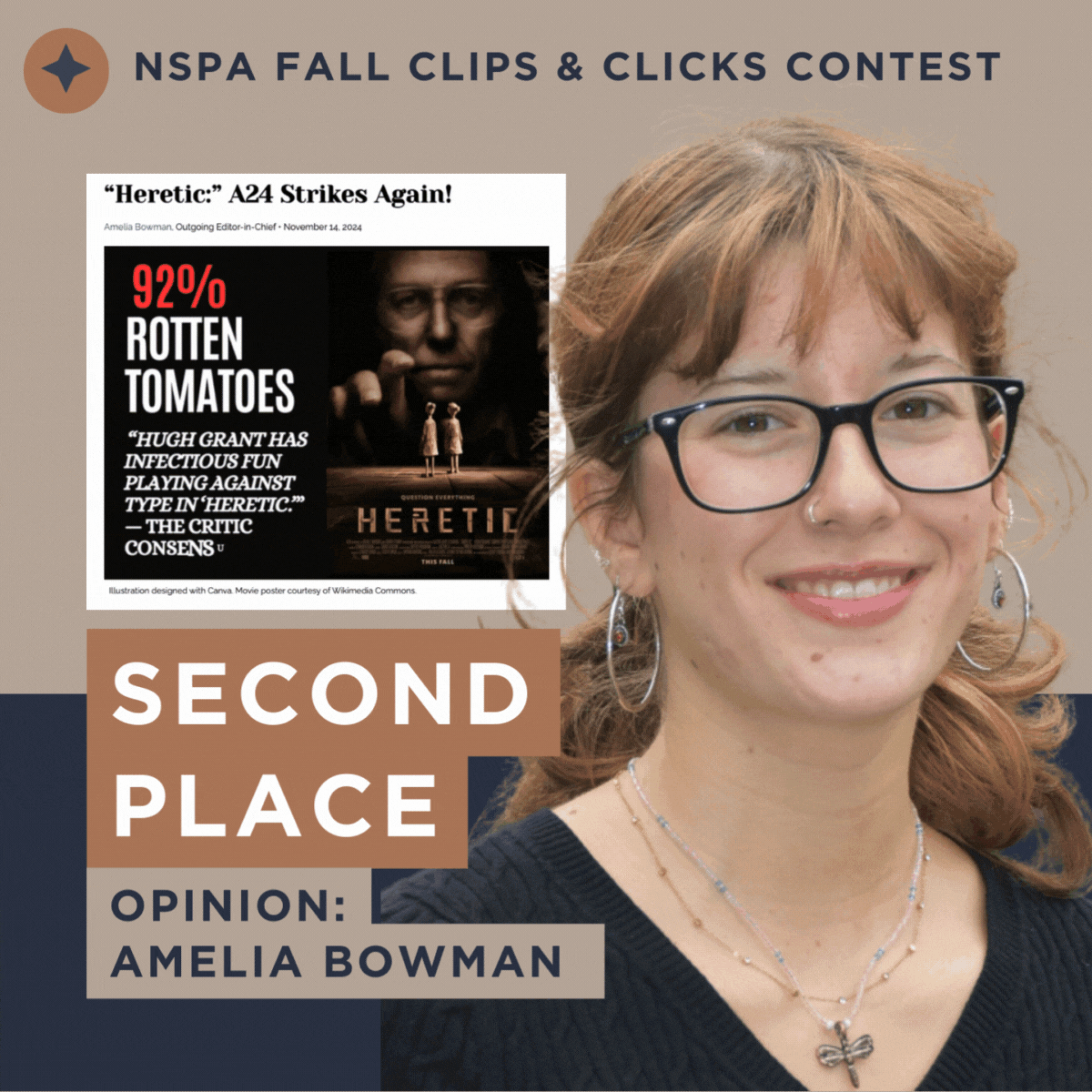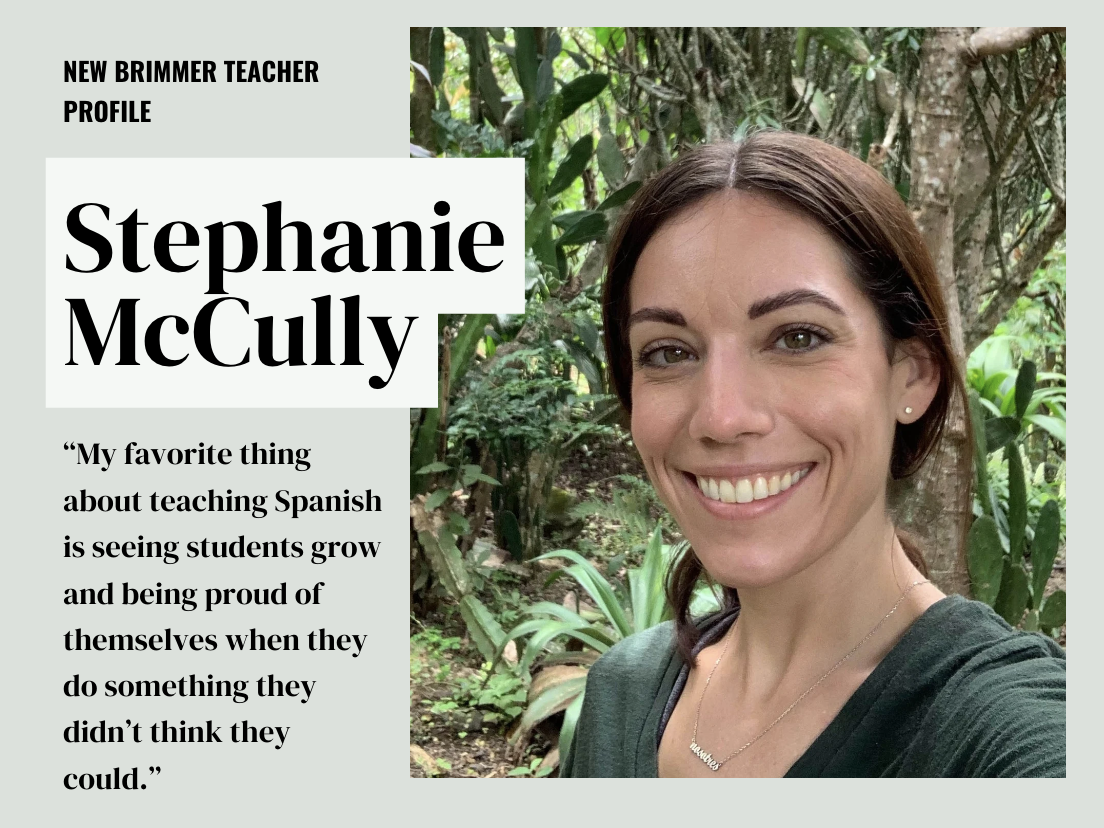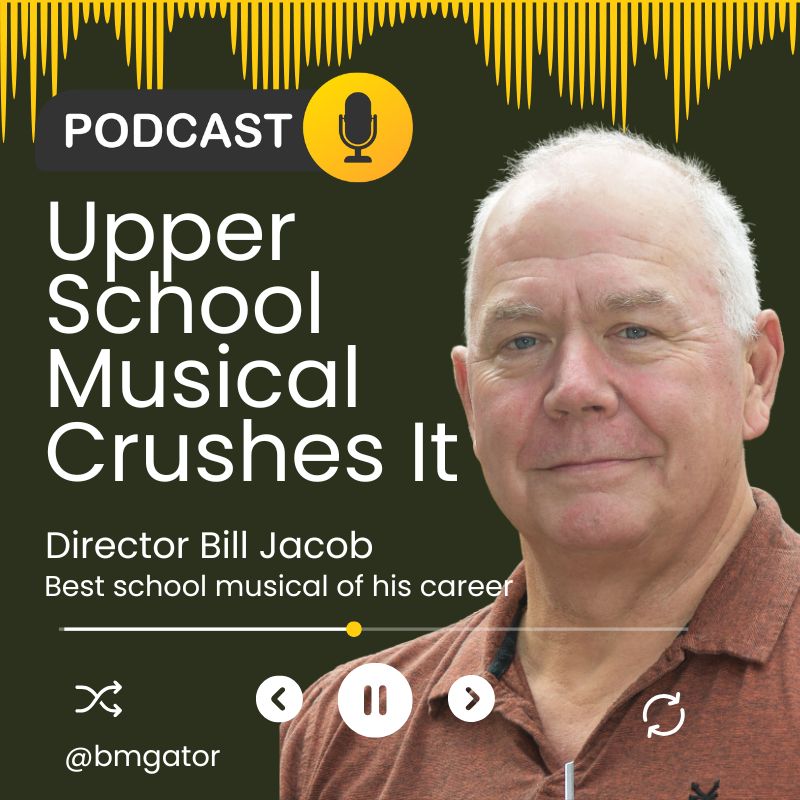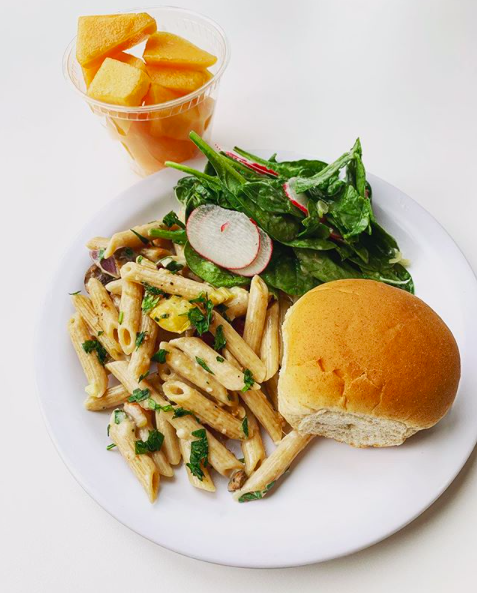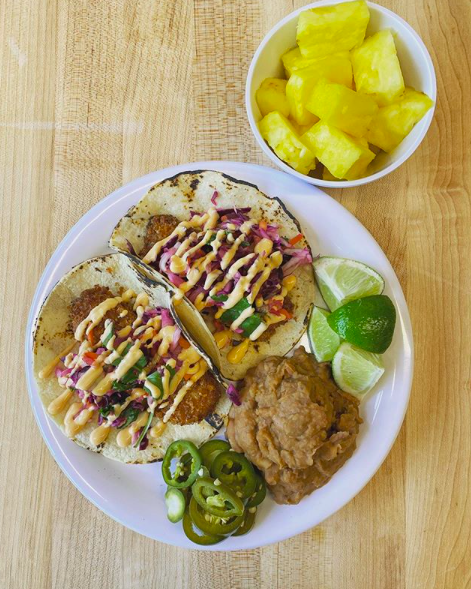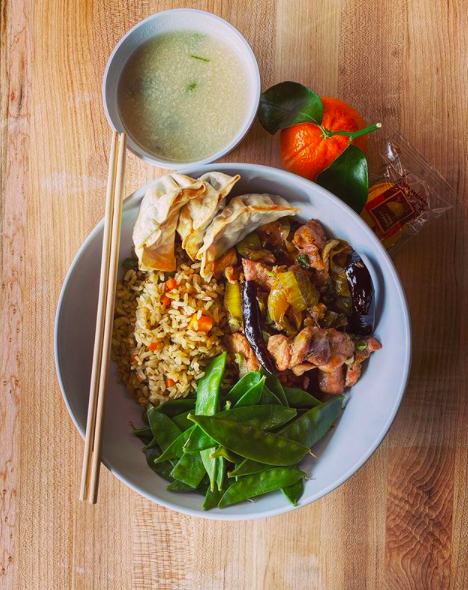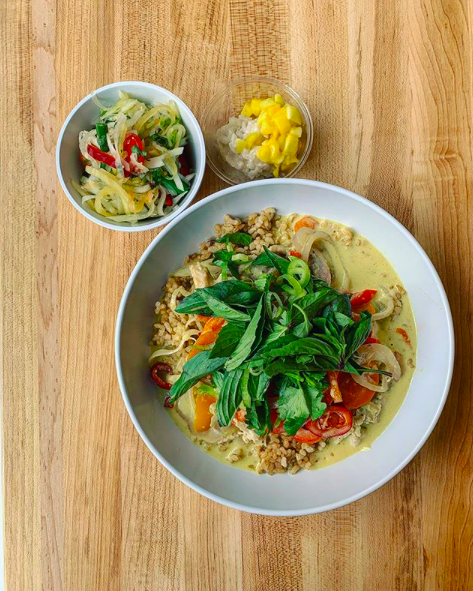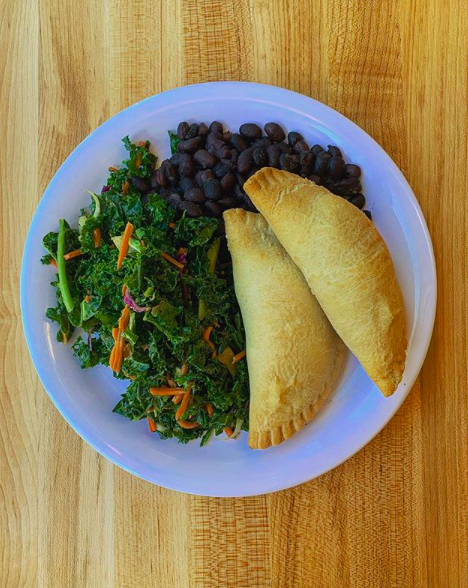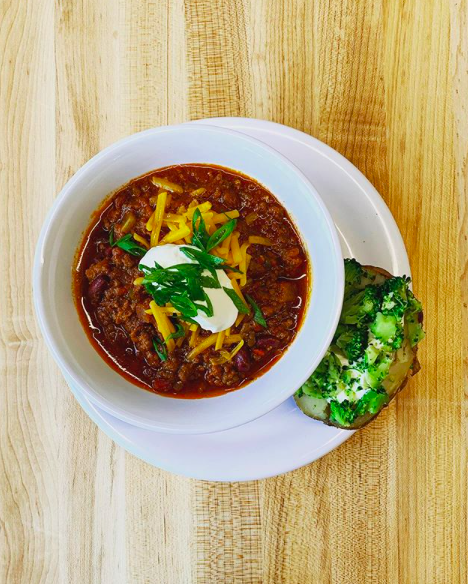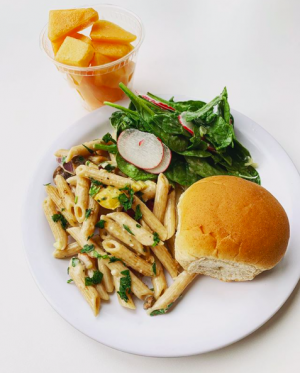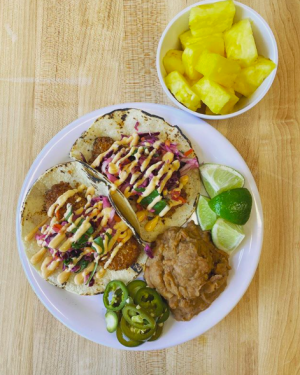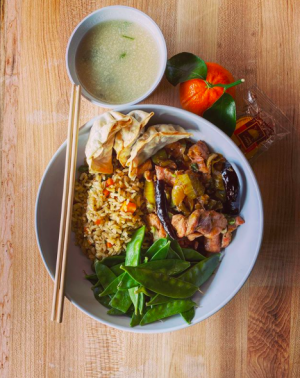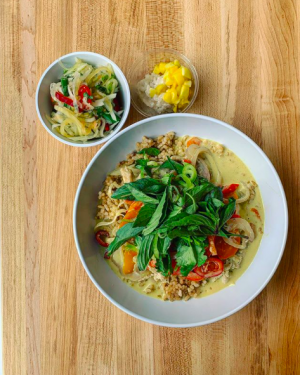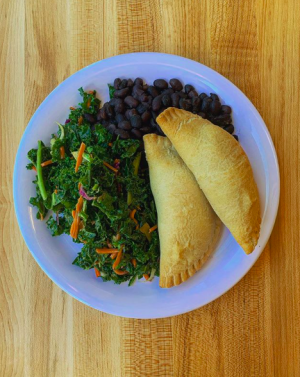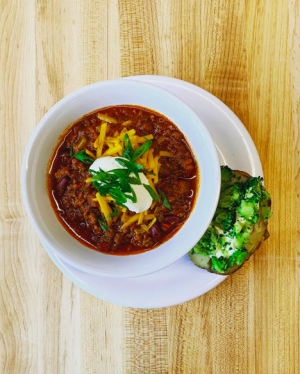Kitchen Prioritizes Dietary Needs, Sustainability
February 19, 2020
Regardless of personal opinions about the food here, the kitchen faces numerous challenges in creating healthy meals for over 300 people.
What is often overlooked are the efforts put into food made for community members with dietary restrictions and the kitchen’s push towards sustainable practices.
Head Chef Michael Sconce estimates that about 12 to 15 percent of students at the School have some sort of dietary restriction.
“I’ll look at [our allergy and dietary restriction list each day] to make sure that, in general, we’ve got an option for every student here,” Sconce said.
This additional work does not go unnoticed.
“At times I think the gluten-free and dairy-free food is a lot better than the food that is not gluten-free and dairy-free,”said Neel Kumar ‘22.
Ahmad Fasil ’20 cannot eat pork, which can be limiting, but he says that the kitchen offers other options.
“The have vegan and vegetarian options, which I find enjoyable,” Fasil. “I appreciate the extra effort to serve all of the community members. The kitchen is very kind and understanding as well.”
According to Head of School Judith Guild, the kitchen works hard to be as sustainable as possible.
“As far as I’m concerned, [the kitchen] has done an incredibly good job at balancing a tasty, healthy lunch that kids like to eat with sustainable practices that make the earth better in the long run.”
Kumar says that he and his friends know where to put the compostable food, but he still sees food wasted on a regular basis. He also thinks that too few know about the sustainable efforts of the School as a whole.
Guild also emphasizes the importance of students putting the right food parts into the correct place after eating lunch.
“The piece that is kind of invisible to the Upper School is that the food waste then goes into the compost across the street and becomes soil for the garden,” Guild said. “And then the soil that’s used there, as we plant the spring vegetables, gets used in the kitchen. So the philosophy behind the food to table program here… [is] the idea that our food has a cycle.”
Sconce often struggles with whether to share with the community this extra commitment.
“I do think it’s the right thing to do, but, gosh, something I have learned recently is that when you do something right, if you don’t tell people, then some of the effect is lost.”
Even if it isn’t always perfect, the time, money, and effort the kitchen puts into making healthy, sustainable, and delicious food for all should be acknowledged and respected more.



